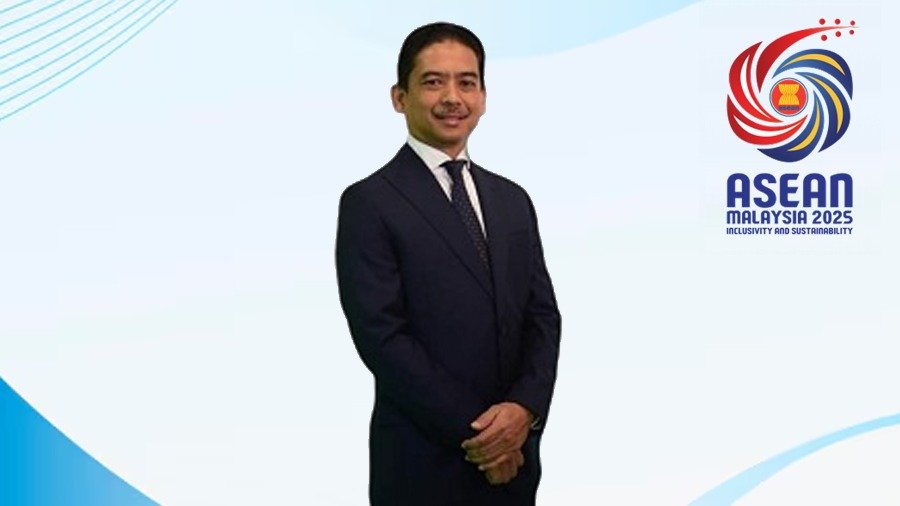
At a seminar organised by the Research and Information System for Developing Countries (RIS) in New Delhi on April 14, 2025, H.E. Dato’ Muzafar Shah Mustafa, High Commissioner of Malaysia to the Republic of India, spoke about the course of India’s Act East Policy (AEP) and its impact on ASEAN–India relations. As Malaysia officially assumed the chairmanship of the Association of Southeast Asian Nations (ASEAN) for 2025, his remarks offered both a retrospective and forward-looking lens on regional cooperation.
Since its launch in 2014, the Act East Policy has emerged as a “cornerstone of India’s foreign policy,” evolving beyond its predecessor, the Look East Policy, to become a proactive strategy engaging ASEAN and the Indo-Pacific region more broadly. “We applaud the momentum and positive dynamism fostered by the Act East Policy,” the High Commissioner stated, highlighting India’s “consistent support for ASEAN centrality and neutrality in the evolving regional architecture.”
Dato’ Muzafar underlined that Malaysia deeply values India’s efforts, especially as the two nations elevated their relationship to a Comprehensive Strategic Partnership during the Malaysian Prime Minister’s visit to India in August 2024. “This strategic upgrade has created an enhanced framework for cooperation across a range of sectors—trade and investment, defence and security, education, science and technology, and people-to-people exchanges,” he emphasised.
Malaysia and India’s growing defence and security cooperation was a focal point of the address. The inaugural Malaysia–India Security Dialogue held in January 2025 marked a significant step in institutionalising their partnership in areas such as counter-terrorism, maritime security, and cybersecurity.
Economically, Malaysia stands as one of India’s top three trading partners within ASEAN. “In 2024, our bilateral trade registered impressive growth—rising by over 9% to more than USD 18 billion,” noted Dato’ Muzafar. He affirmed that new frontiers in renewable energy, the digital economy, semiconductors, and infrastructure development offer promising ground for expanded collaboration.
His visits to various Indian states—Assam, Meghalaya, Karnataka, Odisha, West Bengal, Maharashtra, and Tamil Nadu—revealed a shared potential. “These visits have revealed tremendous untapped potential… and reinforce the crucial role that state-level engagement plays in realising the broader goals of the Act East Policy,” he said.
As Malaysia takes over the ASEAN Chairmanship in 2025 under the theme “Inclusivity and Sustainability,”it will focus on three strategic priorities:
The High Commissioner also announced a pivotal moment ahead: “A key milestone during our chairmanship will be the adoption of the ASEAN Community Vision 2045—a forward-looking blueprint to guide ASEAN’s evolution over the next two decades.”
With the ASEAN–India Comprehensive Strategic Partnership established in 2022, Dato’ Muzafar attributed the achievement to “the consistent commitment and political will demonstrated by India through its Act East Policy.”
Highlighting ASEAN’s economic relationship with India, he noted: “India was ASEAN’s eighth-largest trading partner in 2023, with total trade exceeding USD 130 billion.” He stressed that the on-going review of the ASEAN–India Trade in Goods Agreement (AITIGA) is vital for improving market access and simplifying trade mechanisms.
The convergence of India’s Indo-Pacific Oceans Initiative (IPOI) and ASEAN’s Outlook on the Indo-Pacific (AOIP) presents new synergies, especially in “maritime cooperation, disaster response, connectivity, and digital economy.”
He further lauded India’s growing role in tackling transnational challenges: “We commend India’s growing contributions to addressing regional challenges—including climate change, health and food security, disaster preparedness, and the digital divide.”
The speech concluded on an optimistic and collaborative note. Dato’ Muzafar reminded attendees of ASEAN’s founding spirit: “The spirit of kinship and mutual trust that has underpinned ASEAN cooperation since 1967 has been instrumental in fostering regional peace and prosperity.”
Upcoming initiatives like the ASEAN–India Year of Tourism (2025) and the proposed Year of Maritime Cooperation (2026) aim to deepen cultural and digital connectivity. He called for enhanced collaboration through ASEAN-led platforms such as the ASEAN Regional Forum (ARF), ADMM-Plus, and the East Asia Summit, reaffirming that “India’s Act East Policy has emerged as a transformative driver of regional engagement.”
Leave a Reply